Designing Our Homeschool for a Sensory Seeking Child
This year, like many families, we’ve chosen to home school. Designing homeschool for a sensory seeking child, can be a great way to give needed individualized teaching. It will look quite different, but can be extremely beneficial for learning. Please note, I am NOT a licensed OT, doctor or other medical professional. I’m just an old fashioned mamma who researches herself to tears. I’m so thankful for all you who know more than I. If you suspect your child has SPD talk to your doctor.
Our Story
Last year my oldest started Kindergarten. He was beside himself with excitement and when I say that I really mean it. This boy loves group activities and social events. He loves a good party and he also loves learning, so when the first day came and went he’d found his place.
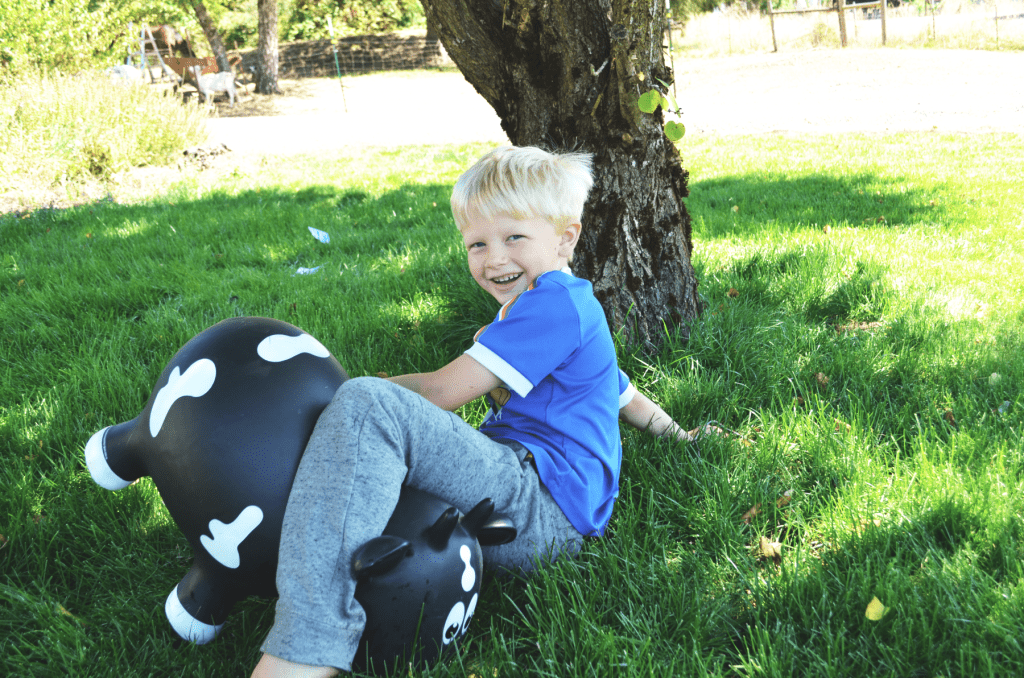
You can imagine my stress when a month later, I began to hear from his teacher that he was acting up in class. The news became worse everyday. She was concerned about his hearing, he couldn’t stay in his chair and He would blow up when having to transition.
His love for school and his anxiety about tough days seemed to coexist. At night he’d fight tears, telling me, “I’m a bad kid.” I wasn’t sure what to do and so began my search for answers. I soon came upon what added up perfectly to my son’s personality: Sensory Processing Disorder. I brought the information to his teacher and she began implementing some helps like having a bean bag for him to sit on during carpet time.
Finding Help for our Sensory Seeker
All at once we started Occupational therapy and gymnastics. We also had his doctor write a recommendation that he get a snack in the morning at school (I had a hunch his blood sugar was off). Things began looking up. He was making friends, learning better and I was getting good news at the end of most days.

Then January came and it felt like we were starting over. While trying to get him back into Occupational therapy, Covid overtook the country and schools were forced to close. This meant schooling at home.
Now I’m no stranger to homeschooling, as I was “one of those” homeschool kids growing up. Even so, starting a new school routine is always tricky. The amazing part of it was that everyday, this kid not only wanted to wake up and do school but thrived in the one-on-one learning environment. I learned that home school, for the sensory seeking child, can be extremely helpful.
Because He enjoyed going to school so much I was hesitant to keep him home come fall. Seeing him thrive when under my teaching gave me extra confidence that this was truly the best place for next year.
What is Sensory Processing Disorder
Sensory processing Disorder or SPD for short, is a condition that affects how a brain processes sensory information. Often times it processes the senses as receiving too much information, as with the child who can’t stand the tags on the back of a tee-shirt or walking with bare feet in grass. On the other end of the spectrum is the person who’s brain doesn’t register the in coming sensations. This is called “sensory seeking.” This might be seen in a child who is constantly jumping, has no sense of physical boundaries or always has something in their mouth.
Here are a few more clues:
- He or He may be in constant motion
- your child may have sudden temper tantrums that are unexpected or a difficulty during transitioning activities
- your child may be slow to learn new motor skills
- The child may get in everyone’s space and touch everything around him
- your child may have trouble understanding verbal instruction
You can look further into this at : https://www.spdstar.org/basic/symptoms-checklist
For this post, we are specifically focusing on the sensory seeker: the child who craves more sensory input.
The Good News
I honestly hate putting labels on everything: ADD, ADHD, Autism Spectrum, Dyslexia. SPD is easily thrown into the gamut. So many of the symptoms expressed in certain “disorders” can look like a normal child’s personality. I can think of SPD symptoms I had as a kid too! Normal but different. Everyone has differences right? So why are there so many differences being given now?
Hundreds of years ago, a child would have learned a significant amount of his life’s education through one-on-one instruction by a parent, tutor or by apprenticeship. The developed society we’ve built, though effective, uses a system model to training children.
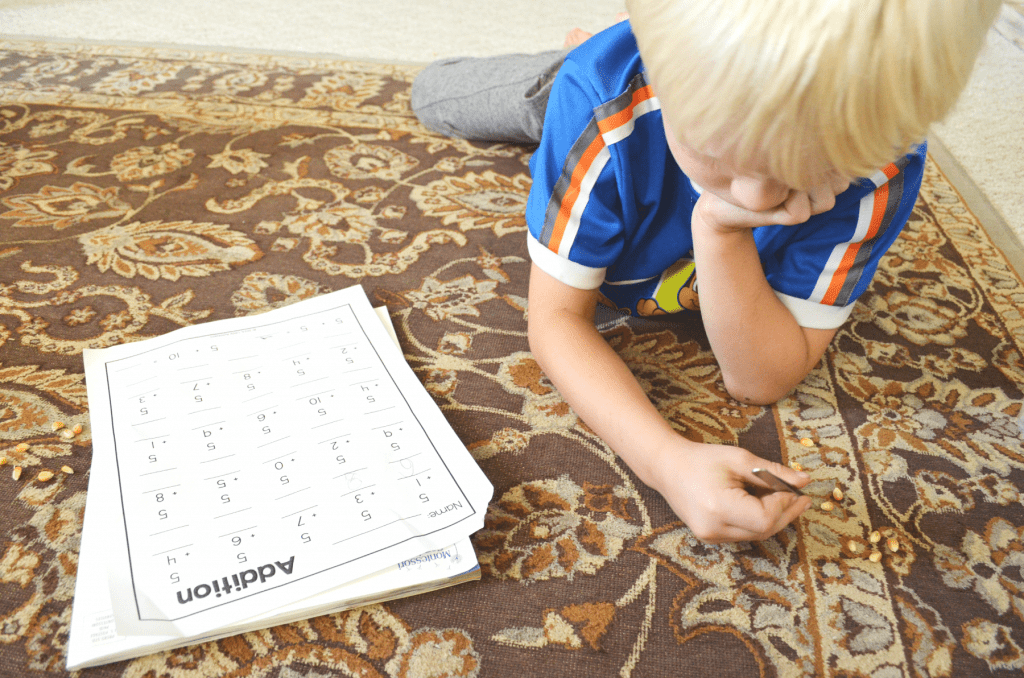
I understand there are certain things all children need to learn, such as how to respect, listen, read, write and do math. On the other hand, our education system tends to teach kids to follow instructions in the way that the group (often 20+) will follow.
Kids with SPD may not respond well with this format. The child with SPD is generally no less as smart as other children but needs a different approach to learning.
According to a study done at the “Gifted and Talented Center” in Denver, CO, 550 students were screened for sensory differences and over 30 percent were found to have significant SPD symptoms (study info here). Yup! This means that many with SPD symptoms aren’t just smart but might be intellectually gifted! Being home to help teach a child with SPD can be a huge gift in itself. You are able to focus on their strengths and help them learn in their best possible environment.
Homeschool for the Sensory Seeker
The place to start teaching a child with SPD is how they learn. It’s easy to start schooling at home, thinking the best teacher will set the school day up like a public, private or charter school. Not so.
Click HERE to snag my FREE Homeschool Sensory Games Printable!

Here’s some ideas we are implementing this year:
- Let them sit, lay, stand or get on the floor. My son does some of his best work when he can be on the floor. Bean bags are great for reading too. Another option is an inflatable seat or pillows to lean on.
- Using different styles of learning. We are being proactive about not having too much paperwork at one time. Mixing in cutting, building, and different reading work (besides just reading a book).
- Use visual objects that can be touched for math. We’ve liked chocolate chips, nuts and cherrios.
- If there is a subject that’s going well, keep doing it. You’re not on a timeline. It’s o.k. to decrease math to 5 minutes if reading is going unusually well and you want to encourage it.
- Allow the child to help with setting up for activities like sharpening pencils, moving chairs to the table etc. These are great activities for the proprioceptive system.
- Have a simple visual schedule or planner the child can see to know what is coming next. Routine is great for kids with SPD as transitioning skills are being learned.
Homeschool for a Sensory Seeking Child: Handwriting
Handwriting for a sensory seeking child is yet another difficulty to overcome. It takes a lot from the proprioceptive system (receives input from the body about movement, weight and changing positions that allows the correct pressure to be made for specific activities) as well as the vestibular system (coordinates gravity and balance movements).
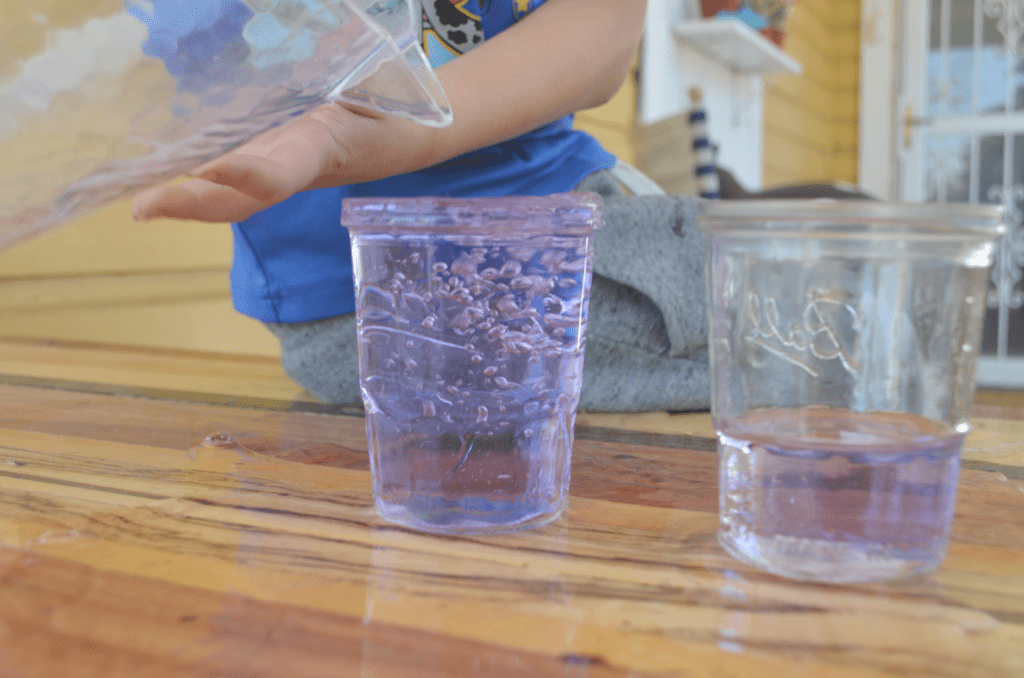
I was slow to realizing the need for extra help with my son’s handwriting. Now that I understand the connection this fine motor skill has to SPD, I can implement some of our own helps. The OT Toolbox has great ideas for this and I’ve learned a lot from them!
Here’s some helpful ideas I’m looking at:
- Using clay around the pencil to practice correct grip-they can see if they hold it too tight
- Hole punching activities to practice strength and grip
- Using transfer paper can encourage kids to slow down and focus better
- strengthening hands with putty, stress balls or fidget balls
- Trying weighted pens
- Using small white boards or erasable paper (simply cover paper with Laminate) helps to learn control with a different feel to the ink
- Using a paintbrush or other stick to write in fine grain such as sand or salt
- Practice rolling cookie dough the same size
- Use some games to increase fine motor skills (Grab your Printable HERE)
Check out these other blogs who have wonderful input on handwriting for SPD!
Homeschool for a Sensory Seeking Child: Sensory Breaks
In all my research, one concept that came up over and over was allowing the child to have “sensory breaks.” This is a time they can do activities to get the sensory input they’re craving. For my son this means lots of movement. Here’s a few ideas.
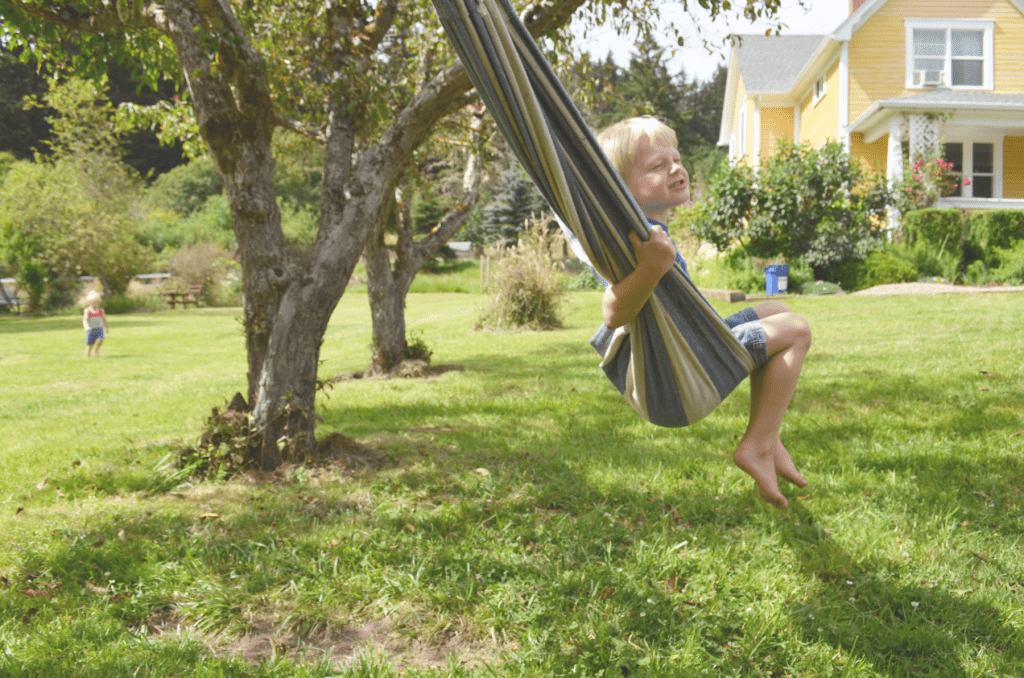
- Jumping on a trampoline
- Turning on some music to dance
- Swinging outside
- Chewing on something or sucking on something: sour candy or dried chewy fruit are some good ideas
- Doing “PE” time with a video such as this one:
- There are lots of ways to help ground a child overwhelmed by sensory input or the need for it. Here’s a video showing some great techniques to calm and focus your kids.
- Snack breaks can also be a good time to include kids in the process of preparing the food. We love using these kid friendly choppers and it gives them a little sensory experience and fine motor practice as well as time with mom.
Homeschool For a Sensory Seeking Child: Constant Learning
Every moment is a play ground and learning experience for the child and as the parent, I am gifted with the ability to guide my kids. This means I can offer activities that will benefit them throughout the day! O.k. That does sounds a bit daunting!
Don’t forget to grab my FREE Homeschool Sensory Games Printable!
Homeschooling a sensory seeking child means teaching doesn’t stop. From practicing tying shoes and buttoning shirts, to practicing listening skills by following directions, it doesn’t end. I’m so glad to have resources that will help me guide my sensory seeker well. I couldn’t include every great resource but wanted to leave you with a few other good ones! Check out these websites that have something to say about those long days at home.
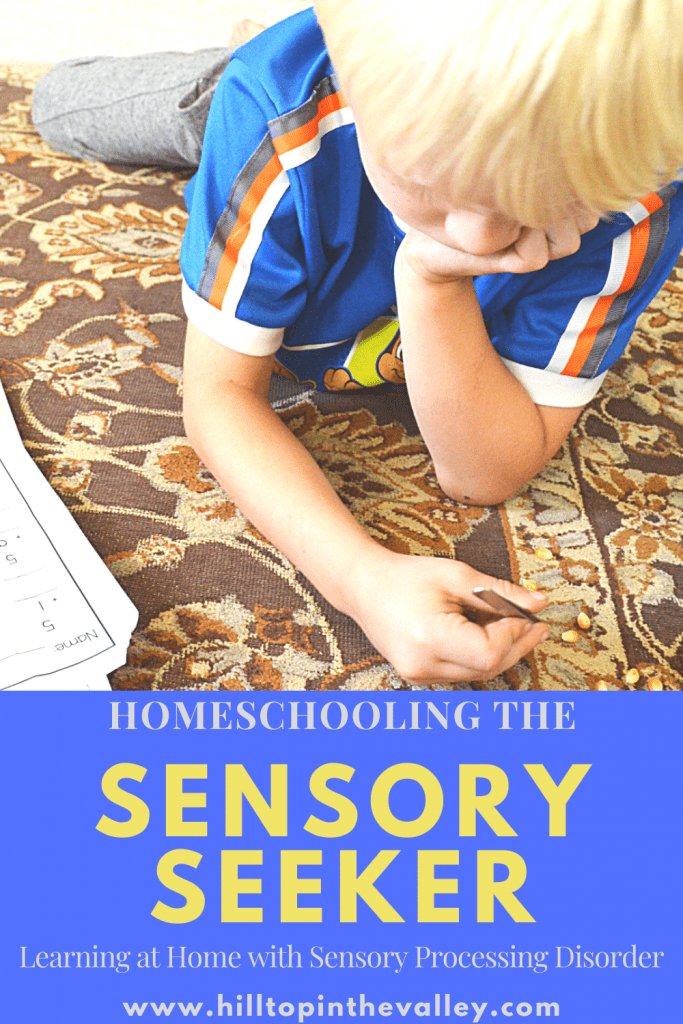
Best wishes for you school year and, as always, thanks for visiting!
From the Hilltop,








Krista I cannot say enough how much I appreciate this post. I have a little one in a similar situation and we are planning to homeschool. I’m so grateful for these tips.
So glad! It’s something that has become a common theme for sure. After this post was written we discovered the sensory issues were related to an autoimmune problem called PANDAS for our boy. Thangs have gotten better but I know he will always be sensory seeking and that’s ok. It can be fun finding the way he learns when I begin to understand it!